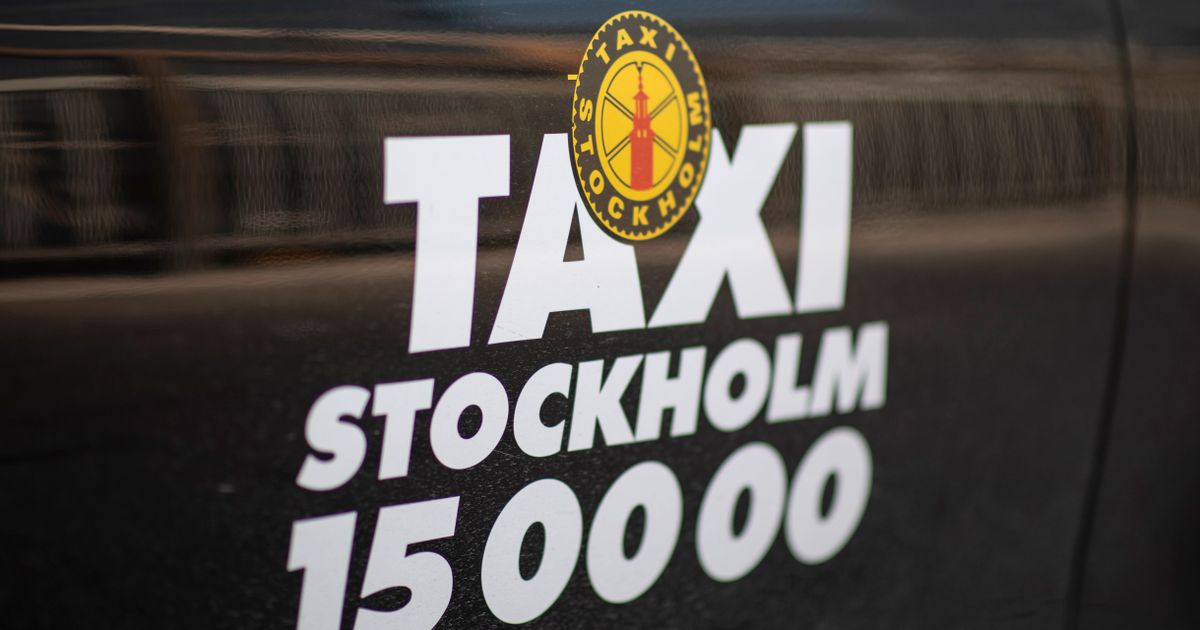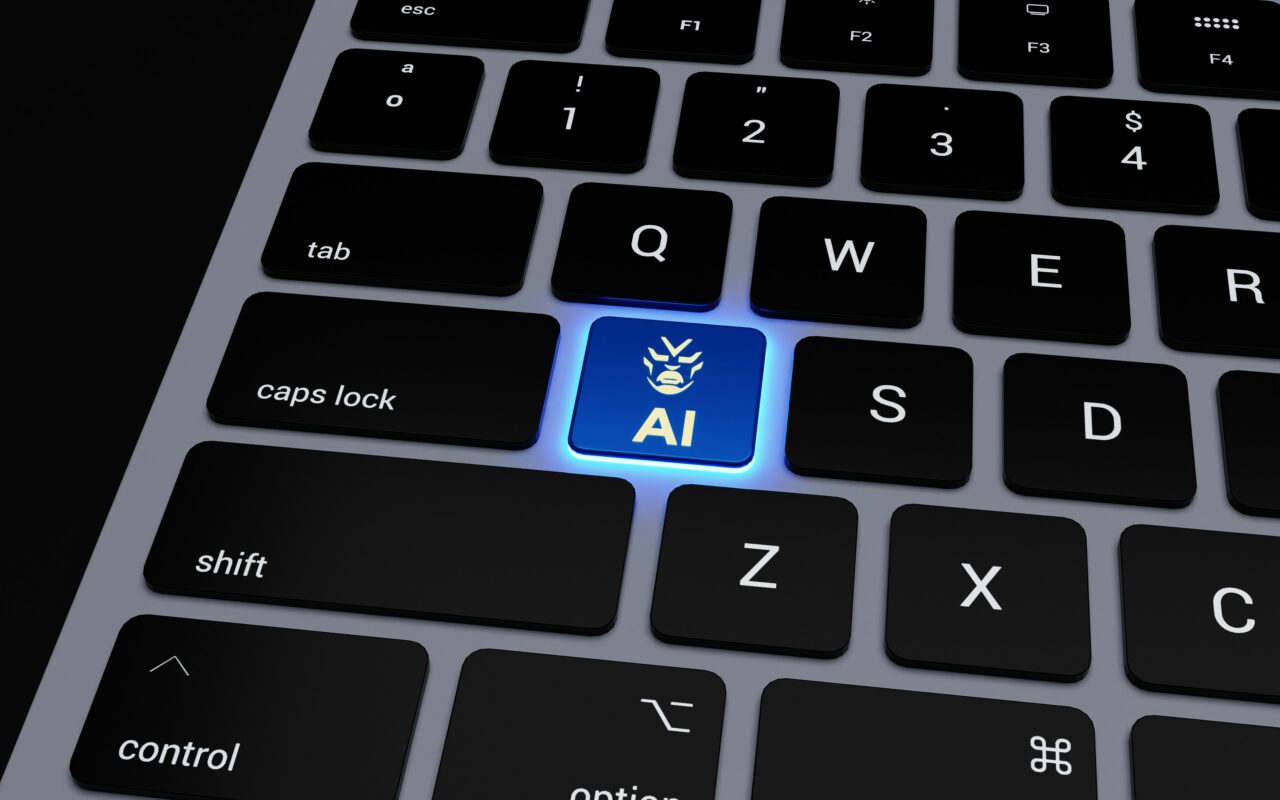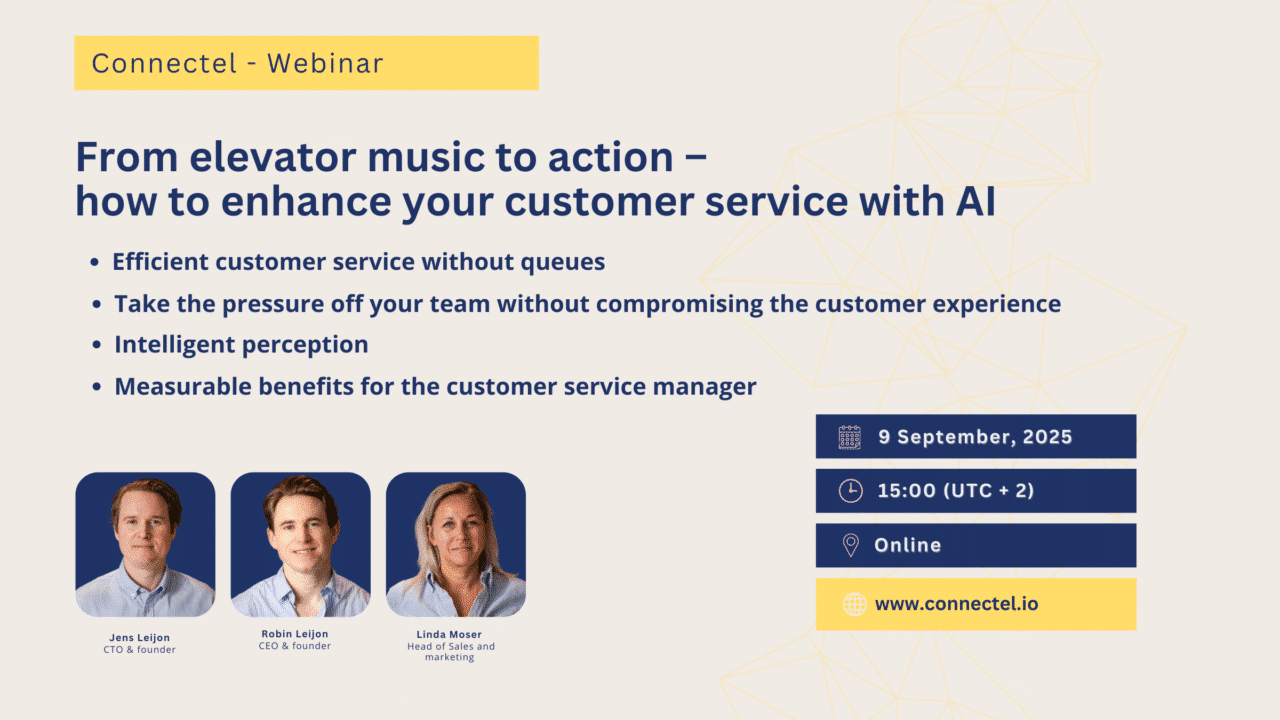

How to: Create a successful budget for customer service
How do we create a great forecast and budget for customer service? The customer service manager’s task is to build profitable relationships with the company’s customers, get customers to stay longer and buy more of the company’s products or services. Sure, sounds easy?
Before you, as customer service manager, start the budget process for your customer service, a stable foundation is needed to understand the company’s services, goals and vision. Analyze the goals in your customer service today and consider whether they are smart enough and focusing enough on the company’s overall goals.
Do not be afraid to set new goals and revise the existing ones to better meet the company’s overall goals. Many customer service managers struggle with delivery and find it difficult to achieve their goals, often due to insufficient financing. This can most easily be avoided by careful planning. The budget process for customer service is often complicated because of constant change. It is important to learn the basics of planning and to understand how the company’s development affects your customer service data. For example, volumes and average case lengths. How different service levels are affected by the occupancy rate and staffing.
The benefits of a well-planned budget for customer service
With a well-made plan, it is much easier to understand what a change can mean for your team. Therefore, be clear about the conditions that apply to the budget that it was made for.
For example, if 100,000 calls are to be handled with a budget of € 400,000, the cost per call is € 4. If the volume increases by 5,000 calls, it is likely that the cost will also increase by approximately € 20,000. It is to your advantage if you have been clear about what the budget was intended to suffice for. But it is rarely that simple, because at the same time as the volume increases, a new service function may be added to manage cases. If you launch a chatbot, Knowledgebase or other automation tools for simpler cases, the average handle time (AHT) per case may increase from 4 to 5 minutes for agents.
This “extra” minute in the same example costs about € 100,000 more to handle even in an unchanged volume of calls. In the example above, one minute of handling costs € 1, which is a fairly normal cost for a normally efficient customer center. A full-time customer service employee often has about 50-70% active time in customer dialogues, the rest goes to breaks, meetings, training, waiting time between calls, etc.
Calculation of customer service costs – for easier estimation of your customer service budget
The customer service employee’s gross salary per hour, including the salary’s ancillary costs.
Hourly wage: € 25/h
The team leader’s salary / the entire team’s salary = direct leadership cost
Example: 3000/25000 = 12% 25 * 12% = € 3
Other indirect costs (premises, IT, customer service manager, HR services, etc.)
For example: 35% – (25 + 3) * 35% = € 9,8
The example here shows the cost 25 + 3 + 9,8 = € 37,8 per hour. With an occupancy of 63% (37,8/60/63%), this is € 1 per minute. That is 37.8 minutes of active time per paid hour. That is a relatively high efficiency where an employee handles, for example, just over 100 calls of 3 minutes, with a scheduled 8h working day on average.
Another factor that affects the budgeted cost per call is the service level objective. It directly affects the degree of utilization that can be achieved. There is also a strong connection between the size of the response group. If a group of 5 people, for example, is to answer 3-minute calls with a service level of 80% within 60 seconds, the maximum occupancy of the logged-in agents in ready mode is a maximum of 68%. If a larger response group with a higher inflow of calls, they would be able to handle the same level of service and achieve 80% occupancy. In practice, it means that two small groups of 5 people can be merged and make a direct financial saving of 17%. Given that the same competence and handling times are maintained.
It is tempting to save money by lowering the service level instead. For a smaller team, the 17% savings can also be achieved in the small group by lowering the service level to 60% answered calls within 60 seconds. But the question is, what it does for customer satisfaction, missed calls and business?
For a more accurate customer service result – analyze and adjust
By understanding the customers’ behavior, how long they are willing to queue, what occupancy can be achieved with different service levels, etc. It becomes easier to set reasonable goals for both service levels, customer satisfaction and costs. An Erlang C calculator makes it possible to calculate and understand what savings can be achieved with different service levels. But you often have to test it yourself. With the help of skills-based routing, smart media blending and well-planned scheduling, customer service can achieve significant savings. However, it is not always that easy to see an exact result in advance. By following KPIs such as cost per minute, occupancy rate, service level, etc. a saving can be analyzed after only a few weeks of production after the change. And you will find out what direction your customer service is moving in relation to your budget.
Improve your budget conditions as a customer service manager
There are some keys to deliver better service at a lower cost. Some short tips are:
- Spend more time on planning, less on reactive work
- More time to get the right financial conditions
- Create better conditions for the customer service employees
- Have a supportive corporate culture and encourage trying new things
- Use a balance between your focus on people, technology and the processes
- Educate yourself continuously to understand forecast work, call center finances, staffing calculations, technology, automation, customer satisfaction models, quality assurance processes, etc. There are many ways to read non-fiction, educational programs physically and online. Invest 1h every day in learning new things.
To set the right level of service
“Best Practice” is to use the service level which consists of the calculation “X% answered / Y seconds” for real-time communication (eg telephone and chat). And to use response time which consists of 100% answered within X hours for asynchronous communication (such as email, web form and SMS). A level of service must be realistic, understood by all, taken seriously and be sufficiently budgeted for. The phone channel is usually the most difficult to set the right level, it drives up the cost more than other channels and requires some extra work.
Start by analyzing your competitors’ service levels. What is the value of calls, the cost of different service levels, how long customers are willing to wait and at what length of the wait your customer satisfaction measurements begin to deteriorate. There are often a few extra important conversations for the company, but not as important for the customer. These require higher service level goals while conversely. Calls of a supportive nature, which are certainly important but where the customer is usually prepared to wait significantly longer for qualified help. Therefore, set differentiated goals on your different queues and use a prioritization function in your system to effectively reach the different goals. This also means that you can achieve higher service goals, for example on a critical order line without having to sacrifice your team’s productivity. Many set accessibility measures as service goals, for example 90% answered, regardless of response time.
This is not the best way to work and should be avoided. Especially for slightly larger businesses that want to work purposefully for a good customer experience and calculate correct staffing.
Common service levels (SLA) for customer service phone queues
- 80/20 – 80% answer within 20 seconds. In the 1990’s this was a very common level, today this is considered a very high level of service that may be relevant for a premium service or sales channel.
- 80/60 – 80% answer within 1 minute. This is often a sufficiently good level of service even for demanding customers in industries with high competition.
- 80/120 – 80% answer within 2 minutes. Is a level to still deliver satisfied customers and works as a very cost-effective level for most.
- 90% answer. Setting only one response rate, which is then often 90% response is for smaller organizations where the cost is in focus but still wants a goal, can be used in small response groups, for example.
In the example above, 80% is used as a parameter in the service level and it is usually a suitable level for randomly incoming calls during the day. Meaning that the largest number of customers receive the right service. The goal should be followed up on a monthly basis. It is natural with relatively large deviations during individual hours or sometimes even individual days. Service level is an excellent KPI to monitor in real-time and per half hour. Act smart to improve the planning of your workforce, but also to redistribute resources or adjust the day planning if necessary.
Looking for cost-effective service?


